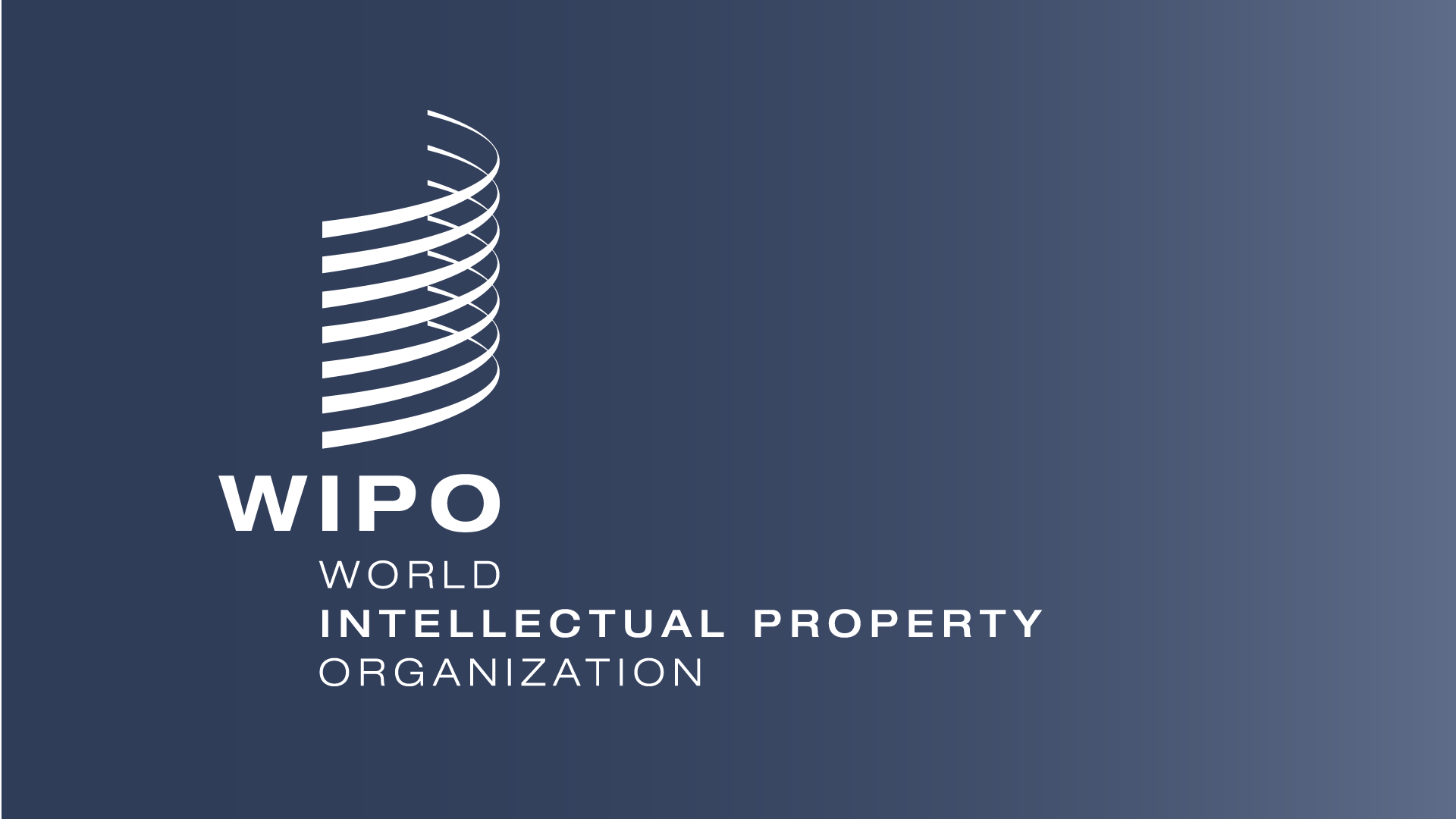Published
3 years agoon

Over 1 billion people lack assistive technology – WIPO
Over one billion users currently need assistive technology, a new report by the World Intellectual Property Organisation (WIPO) released today has shown.
An assistive technology is assistive, adaptive, and rehabilitative devices for People with disability or the elderly population.
According to the report titled WIPO Technology Trends 2021: Assistive Technology this figure is expected to reach 2 billion by 2050 as the population ages and consumer electronics and assistive products converge.
The market is shaped not only by demographics and the demand for consumer electronics, and the investment this attracts, but by legislation and policies, the report found.
The Convention on the Rights of Persons with Disabilities (CRPD) recognizes access to assistive technology as a human right, bringing with it state obligations and expected market influence.
Among other things, data shows that emerging products are usually not replacing conventional assistive products, but complementing them.
The “WIPO Technology Trends 2021: Assistive Technology” is the first large-scale landscaping and analysis of patenting and technology trends in assistive technology. The study is the first to systematically look into patenting and technology trends across assistive technology at scale, analyzing data on patent filings from 1998 to 2019.
Its unique taxonomy separates conventional assistive technology from emerging assistive technology, and identifies nine “enabling” technologies which allow for the development of emerging assistive products.
It also explores the technology readiness level (TRL) of the identified emerging assistive products filed for patent protection, to see how close they are to commercialization.
Overall trends
WIPO said its findings show that patenting activity in the area of conventional technology is nearly eight times bigger than that of emerging assistive technology, with 117,209 patent filings compared to 15,592.
However, filings in emerging technology are growing three times faster than conventional, with a 17 per cent average annual growth rate (AAGR) compared to 6 per cent.
Most patent filings in conventional assistive technology relate to mobility, followed by the built environment, hearing and vision.
Yearly filings in mobility are more than those of all six other domains combined. In the emerging assistive technology space, the most active domain over the period is hearing, followed by mobility, vision and communication.
However, since 2014 mobility has taken the lead among emerging technology filings too. Indeed, the fastest growing areas for patent filings relate to mobility and environment both in conventional (9 per cent and 7 per cent AAGR respectively in 2013-2017), and emerging assistive technology (24 per cent and 42 per cent AAGR respectively).
Convergence of assistive technology with other technologies, disciplines and markets
Assistive technology has traditionally been considered external to the human body and non-invasive. The field is now converging with medical technologies.
Several emerging assistive products include implants and other products that would qualify as medical devices, with many of those moving beyond assistance towards augmentation or recovery of missing human functions.

Our analysis reveals that all identified emerging assistive products use one or a combination of several enabling technologies, such as artificial intelligence (AI), the Internet of Things, brain–computer/machine interface (BCI/BMI) and advanced sensors.
These allow for smarter and connected assistive products which learn from the user’s behavior and environment, optimize and customize their functions and support independent living and navigation, telemedicine and smart nursing.
The primary crossover disciplines in emerging assistive technologies are information technology, data science, materials science and neuroscience, while the overlaps with the consumer electronic goods market are mainly in the areas of communication, navigation and gaming.
The convergence between disciplines, domains and markets increases the breadth of functionality of products for different user profiles and boosts the pace of innovation in emerging assistive technology.
The data shows that emerging products are usually not replacing conventional assistive products, but complementing them. As a result there are parallel product markets serving different user needs, preferences and settings.













